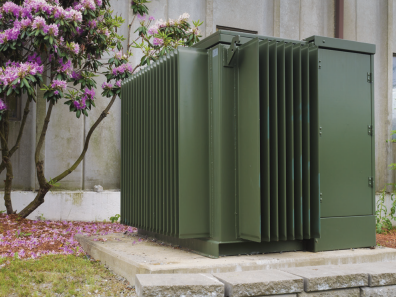Seawater intake lines
At the forefront of Pneumatic’s commitment to perfection lies the intricate network of seawater intake lines, a crucial component of our operational infrastructure. Designed to harness the power of the ocean while respecting environmental considerations, these intake lines play a pivotal role in the provision of cooling water for various processes.

Service Overview
The seawater intake lines are engineered with precision, incorporating state-of-the-art materials and technology to ensure optimal performance and durability. These pipelines act as conduits for the transfer of seawater from its source to the processing units, facilitating the efficient cooling of machinery and systems. The utilization of corrosion-resistant materials underscores Pneumatic’s dedication to longevity, minimizing maintenance requirements and maximizing the operational lifespan of the seawater intake infrastructure. In alignment with Pneumatic’s environmental stewardship, the M&E service provider employs cutting-edge monitoring and evaluation techniques to assess the seawater intake lines' performance continually. This proactive approach allows for the identification of potential issues before they escalate, promoting operational efficiency and mitigating the environmental impact associated with seawater intake. Through real-time data collection and analysis, our M&E team ensures that the seawater intake lines operate at peak efficiency, contributing to Pneumatic’s commitment to sustainability and responsible resource management. As a strategic partner in Pneumatic’s mission for excellence, our M&E services go beyond conventional monitoring. We are dedicated to implementing innovative solutions and employing predictive analytics to optimize the seawater intake lines' performance. This holistic approach not only enhances operational reliability but also aligns seamlessly with Pneumatic’s overarching vision of environmental responsibility and operational excellence.
Key Features
Applications
Our Process
Site Survey & Environmental Assessment
Analyze seabed conditions, tides, and environmental impact to determine intake location.
Design & Engineering
Design pipeline alignment, diameter, intake head type, and anchoring system to ensure optimal performance.
Material Selection & Fabrication
Choose suitable material (HDPE, GRP, or steel) and fabricate sections with corrosion protection coatings.
Installation & Underwater Laying
Deploy pipelines using marine barges or floating techniques and secure them with anchoring systems.
Connection & Testing
Connect intake head, filtration systems, and onshore pumping station; conduct hydrostatic and leak tests.
Commissioning & Operation
Flush and disinfect the system, calibrate pumps, and start seawater intake operations.
Maintenance & Monitoring
Perform periodic cleaning, inspection, and anti-fouling treatment to ensure continuous flow and system health.
